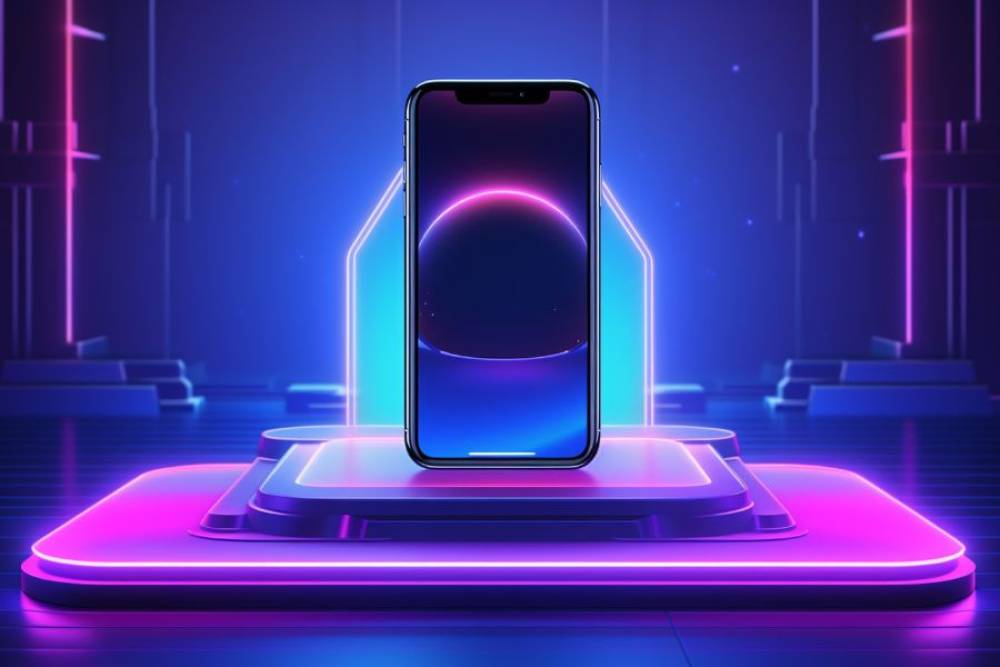The future of logins: Secure authentication methods for apps Written on

In today's digital landscape, where data breaches are on the rise, traditional single-factor authentication methods like passwords and PINs are becoming increasingly vulnerable. To combat this, businesses are turning to Multi-Factor Authentication (MFA) solutions that combine something you know (password) with something you have (phone) or something you are (biometric). This blog post explores the benefits of combining two authentication methods for user authentication in mobile apps. Let's get started!
A combination of two powerful authentication methods
Face authentication has emerged as a popular choice for user authentication across apps and online services. This technology offers a compelling alternative to traditional methods like passwords and PINs, boasting several advantages that enhance both security and convenience. While face authentication is a robust authentication method by itself, industries dealing with highly sensitive data or financial transactions can benefit greatly from the combined security of face authentication and single sign-on (SSO). For example, defense contractors managing classified information or financial institutions handling sensitive financial data could leverage this approach.
This is where SSO comes into play. SSO allows users to authenticate themselves once and gain access to multiple applications or services without the need for repetitive login actions. Instead of remembering and entering separate usernames and passwords for each app, users can authenticate themselves just once and seamlessly navigate through various applications. It streamlines access for authorized personnel, while face recognition adds an extra layer of verification to ensure only the intended user is accessing these critical systems. This two-factor approach can significantly reduce the risk of unauthorized access and data breaches.
While SSO offers convenience, there are downsides to consider. A major concern is security - if the SSO system is hacked, attackers could gain access to all connected applications. Additionally, SSO systems can be a single point of failure. If the SSO goes down, users lose access to everything.
Implementing a combination of these two authentication methods in mobile apps brings a myriad of benefits to both users and companies. For users, it eliminates the hassle of remembering multiple login credentials, simplifies the authentication process, and improves the overall user experience. It saves time and reduces friction, leading to higher user engagement and satisfaction.
For business and app owners, it reduces the complexity of managing user credentials and authentication flows across multiple apps. It allows for centralized user management, enhances security by minimizing the risk of weak or reused passwords, and simplifies the onboarding process for new users. A face authentication SSO flow ensures that user sensitive data are protected throughout the authentication process.
The advantages of implementing face authentication in an SSO flow
Face authentication is a technology that uses unique facial features to verify a person's identity. It creates a template out of the users’ unique face features and compares it with their live image to authenticate. The advantages of using face authentication in an SSO flow are:
- High accuracy: Face authentication algorithms have significantly advanced in recent years, resulting in high accuracy rates. They can reliably distinguish between different individuals, even in varying lighting conditions or with facial hair changes.
- User experience: Face authentication provides a seamless and user-friendly experience. Users can simply look at their device's camera to authenticate themselves, eliminating the need to remember complex passwords or carry physical tokens.
- Wide adoption: Face authentication has gained widespread adoption in consumer devices, such as smartphones and tablets. Many users are already familiar with the concept and comfortable using it, leading to higher acceptance and adoption rates.
By streamlining the login experience with face authentication and SSO, mobile app developers and business managers can enhance security, improve user experience, and streamline the authentication process for their users.
Three considerations before implementing face authentication in SSO
While it’s easy and intuitive to implement face authentication in a SSO flow, there are some best practices to take into account when choosing the best solution. Here’s what you need to know:
Anti-spoofing measures are fundamental
Liveness detection techniques, such as detecting eye movements or requiring users to perform random gestures, to ensure that the face being authenticated is from a live person and not a spoofing attempt are fundamental to keeping the flow secure.
Regular updates improve accuracy
Biometric algorithms are constantly evolving. Choose a solution that provides regular updates to its face authentication models to improve accuracy and ensure a seamless experience for all users. It's important to consider datasets that encompass diverse demographics and update models to account for changes in user appearances, maintaining high accuracy rates.
The system should be as secure as easy to use
Some biometric systems compromise convenience over security. While it is important that the solution has the best false acceptance and false rejection rates and a strong detection mechanism, it is important to balance convenience and security to deliver a pleasant experience to users — or they’ll just abandon the authentication flow. Strong security measures should be combined with easy-to-follow authentication processes that take little time or don't require users to follow endless steps.
By considering anti-spoofing measures, regular updates, and user experience, you'll ensure an intuitive, secure, and reliable authentication experience for users.
Before you go
👉 See here how our identity verification solution works.
👉 Discover how easy it is to integrate it with Auth0 and Okta SSO.






